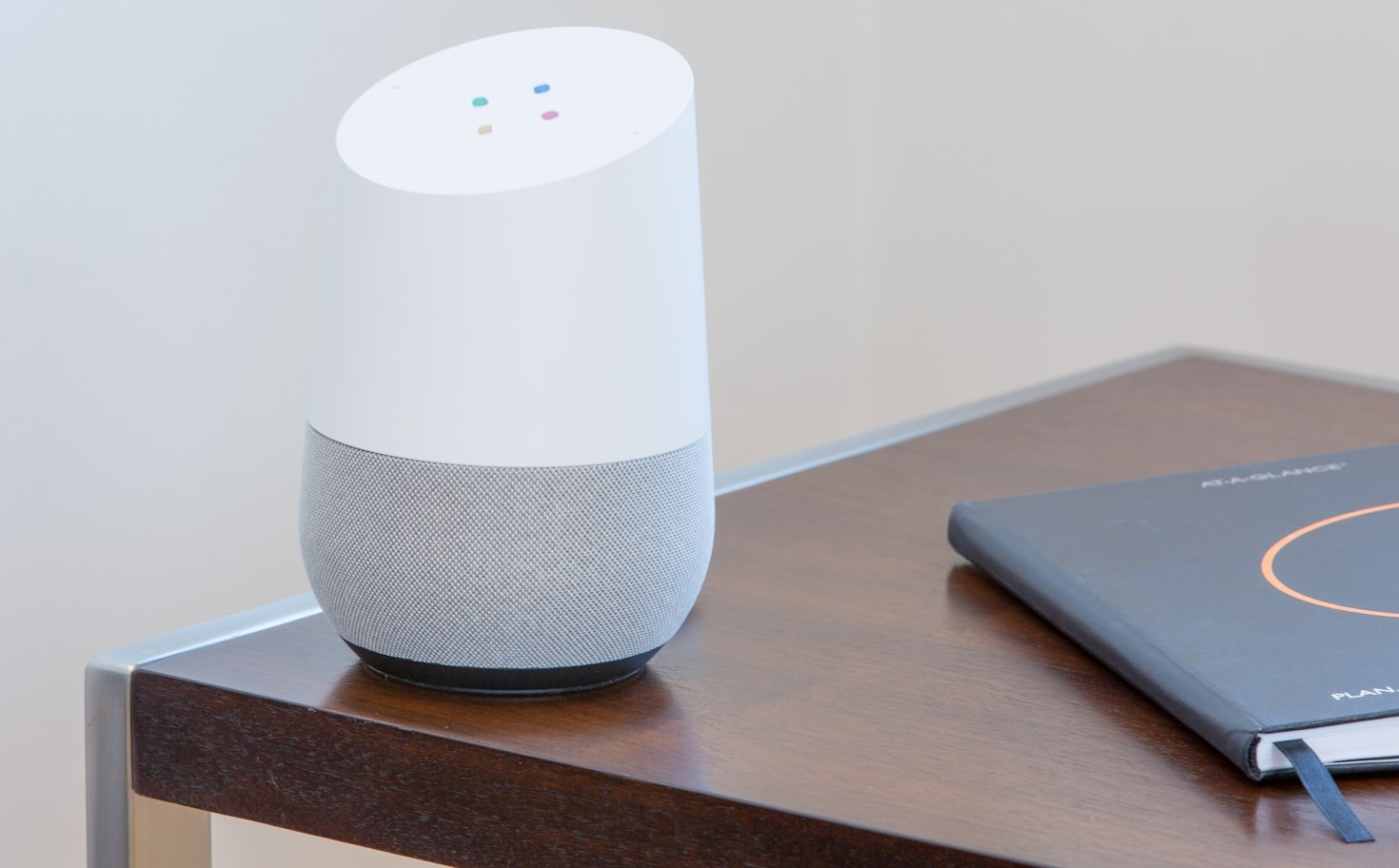Transforming homes with user-friendly automation is all about integrating smart technology into everyday life in a way that’s simple, intuitive, and accessible. The goal is to create a home that adapts to the needs and preferences of its inhabitants, providing convenience, comfort, security, and energy efficiency.
Here are some key elements of transforming a home with user-friendly automation:
1. Smart Lighting
- Voice-activated lighting: Using devices like Alexa, Google Assistant, or Siri, homeowners can control lights without needing a switch.
- Automated lighting schedules: Lights can be set to turn on or off at specific times, or based on natural light levels.
- Dimmable lights: Adjust the ambiance with the touch of a button or voice command.
2. Smart Thermostats
- Energy savings: Smart thermostats like Nest or Ecobee learn your heating and cooling preferences, adjusting temperature settings based on your habits, helping save energy.
- Remote control: Control the temperature of your home from your smartphone, even when you’re not there.
3. Smart Security Systems
- Video doorbells: Devices like Ring or Nest Hello allow users to see and communicate with visitors at the door via their smartphone, even if they are away.
- Smart locks: These provide keyless entry, and users can lock or unlock doors remotely. Some systems also allow access to specific people at certain times.
- Surveillance cameras: Can be monitored from anywhere, offering peace of mind.
4. Automated Appliances
- Smart kitchen appliances: Devices like smart refrigerators, ovens, or dishwashers can be controlled remotely or programmed to operate on specific schedules.
- Robot vacuums: These can be set to clean your home while you’re away, offering automated cleaning with minimal effort.
- Smart washing machines/dryers: Some models can notify you when a cycle is complete or be controlled remotely to start, pause, or adjust settings.
5. Entertainment Systems
- Voice-controlled TVs and audio systems: Integration with smart assistants allows you to control entertainment without needing to use remotes or apps.
- Automated entertainment scenes: Set up scenes for movie nights or parties where lights, music, and the TV or projector adjust to the desired mood.
6. Home Automation Hubs
- Centralized control: Using hubs like SmartThings or Apple HomeKit, homeowners can control all connected devices from a single platform, making it easier to manage multiple smart gadgets.
- Custom automation: Set “if this, then that” (IFTTT) rules that make devices interact with each other—e.g., turn on lights when motion is detected or lock doors when you leave home.
7. Voice and App Control
- Voice assistants: Devices like Alexa, Google Assistant, and Siri can help manage smart devices using simple voice commands. This adds a layer of convenience, especially for those with limited mobility or people who just want to reduce manual tasks.
- Mobile apps: Most automation systems come with easy-to-use apps that let you control everything from your smartphone or tablet, making it simple to monitor or adjust home systems even when you’re away.
8. Energy Management
- Smart plugs and switches: Automate electrical devices to turn off when not in use or schedule them to operate at certain times of the day.
- Solar panel integration: For energy-conscious homes, smart systems can integrate solar power usage, adjusting your home’s energy consumption according to solar availability.
Benefits of User-Friendly Home Automation
- Convenience: Automates repetitive tasks, saving time and effort.
- Energy efficiency: Reduces energy consumption by adjusting systems like lighting and temperature based on actual need.
- Security: Smart security systems offer greater peace of mind with features like remote monitoring and instant alerts.
- Personalization: Homes can be tailored to your lifestyle, making everyday living more comfortable and enjoyable.
The key to transforming a home with user-friendly automation is to choose systems that are intuitive to set up and use, ensuring that anyone—whether tech-savvy or not—can enjoy the benefits of a smarter, more efficient home.

